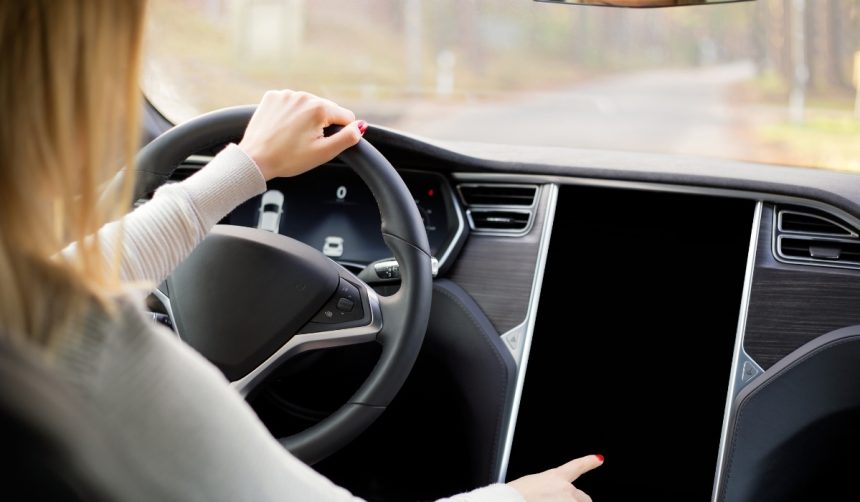Tesla‘s latest Vehicle Safety Report brings crucial insights into the effectiveness of its Autopilot technology, presenting data that highlights a significant reduction in accident rates. The report, released quarterly, indicates Autopilot-equipped vehicles are notably safer, revealing the company’s drive towards technological efficiency. Emphasizing these enhancements, Tesla illustrates the comparative safety of its models against national averages, reinforcing its strategic focus on innovative safety solutions. This aligns with a broader industry trend, where automakers are intensifying efforts to integrate advanced driver-assistance systems.
Compared to previous data releases, there is a noticeable trend of improvement in the miles traveled between accidents for Tesla vehicles. Initial findings from late 2018 showed a smaller gap between Tesla and national statistics, but successive reports document a doubling of these distances. Such trends suggest an ongoing refinement of Tesla’s systems, aligning with continued advancements in automotive technology globally.
What do Q1 2025 results reveal?
In the first quarter of 2025, Tesla reported an accident every 7.44 million miles for Autopilot-utilized vehicles. Compared to Q4 2024, which recorded 5.94 million miles between accidents, there was a significant improvement. Notably, Q1 2025’s results slightly fall behind Q1 2024’s figures, suggesting seasonal factors might influence results. It’s a trend consistently observed, as adverse weather conditions can impact vehicle safety statistics annually.
How does Tesla fare without Autopilot?
Tesla highlighted a crash rate of one per 1.51 million miles for cars not using Autopilot. This places Tesla more than twice as safe as the U.S. average, quoted at one accident every 702,000 miles. Combining data from the NHTSA and FHWA, these insights present a compelling picture of Tesla’s robust vehicle design and safety engineering efforts leading to improved outcomes regardless of Autopilot utilization.
What measures has Tesla implemented for safety?
Tesla underscores its commitment to safety across its product lineup, including the Model S, 3, X, and Y, all achieving remarkable safety ratings. Engineering advancements continue to play a pivotal role, with Tesla setting ambitious safety goals for its vehicles. The recent Model Y delivers innovations aimed at occupant protection and repair efficacy post-collision, illustrating Tesla’s ongoing efforts to refine its safety standards.
As automotive technology evolves, Tesla’s data assures consumers of the strides made in reducing vehicular accidents through innovation. The company’s dedication to enhancing safety via engineering and technology underlines its commitment to customer safety. These developments serve to heighten competition among automakers, encouraging industry-wide adoption of advanced safety measures. Continuous observation and adaptation of these technologies could offer widespread benefits, fostering a safer driving experience for users worldwide.










